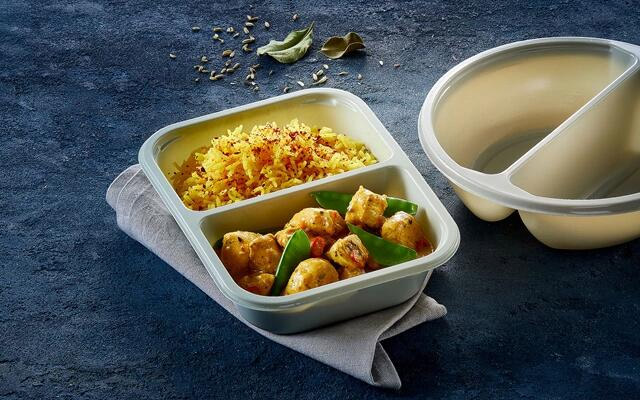0086 574 87739122
Lid Design: The design of the lid is a critical factor in determining the leak-proof performance of portion cups. Lids that feature snap-on or screw-on mechanisms are engineered to provide a secure, airtight seal, which is essential for preventing leaks. These lids often incorporate advanced design elements such as multiple ridges, gaskets, or interlocking features that enhance their sealing capabilities. The ridges or gaskets act as additional barriers that create a tighter seal when the lid is closed, ensuring that liquids cannot easily escape. Some lids are designed with tamper-evident features, providing an added layer of security and assurance that the contents have not been compromised. The materials used for these lids are also chosen for their flexibility and durability, allowing them to maintain a tight seal even under varying pressure conditions.
Material: The materials used in the construction of portion cups are pivotal in ensuring their leak-proof qualities. High-grade plastics such as polypropylene (PP) and polyethylene terephthalate (PET) are preferred due to their excellent mechanical properties. Polypropylene is known for its flexibility, chemical resistance, and ability to withstand high temperatures, making it ideal for both hot and cold liquids. PET, on the other hand, offers superior clarity and strength, providing a sturdy barrier against leaks. These materials are also chosen for their food safety properties, ensuring that they do not react with the contents or leach harmful substances.
Fit and Seal: Achieving a precise fit and effective seal between the cup and lid is crucial for preventing leaks. This involves meticulous engineering and quality control during the manufacturing process. The dimensions of the lid and cup are designed to match perfectly, ensuring a snug fit that eliminates gaps where liquids could escape. Advanced manufacturing techniques such as injection molding or thermoforming are used to create consistent and precise shapes. Some portion cups feature textured or ribbed surfaces around the rim, which enhance the grip and sealing capability of the lid. The sealing mechanisms may include snap-fit designs, where the lid clicks into place, or screw-on designs, which involve threading the lid onto the cup for a tighter seal. The effectiveness of these seals is often tested under various conditions, including temperature fluctuations and pressure changes, to ensure they remain leak-proof during use.
Usage: The way portion cups are used and handled significantly impacts their leak-proof performance. Proper usage involves adhering to guidelines such as not overfilling the cups and ensuring the lids are securely fastened. Overfilling can exert excessive pressure on the lid, compromising its ability to seal effectively and leading to potential leaks. It is recommended to fill the cups up to the designated fill line, if present, to maintain optimal sealing conditions. Users should ensure that the lids are properly aligned and pressed down or screwed on tightly to achieve a secure seal. Gentle handling during transport and storage is also important to avoid dislodging the lids or causing structural damage to the cups. For added security, users can perform a quick leak test by gently pressing on the lid or tilting the cup to check for any signs of seepage before placing them in bags or containers.

Post Comment